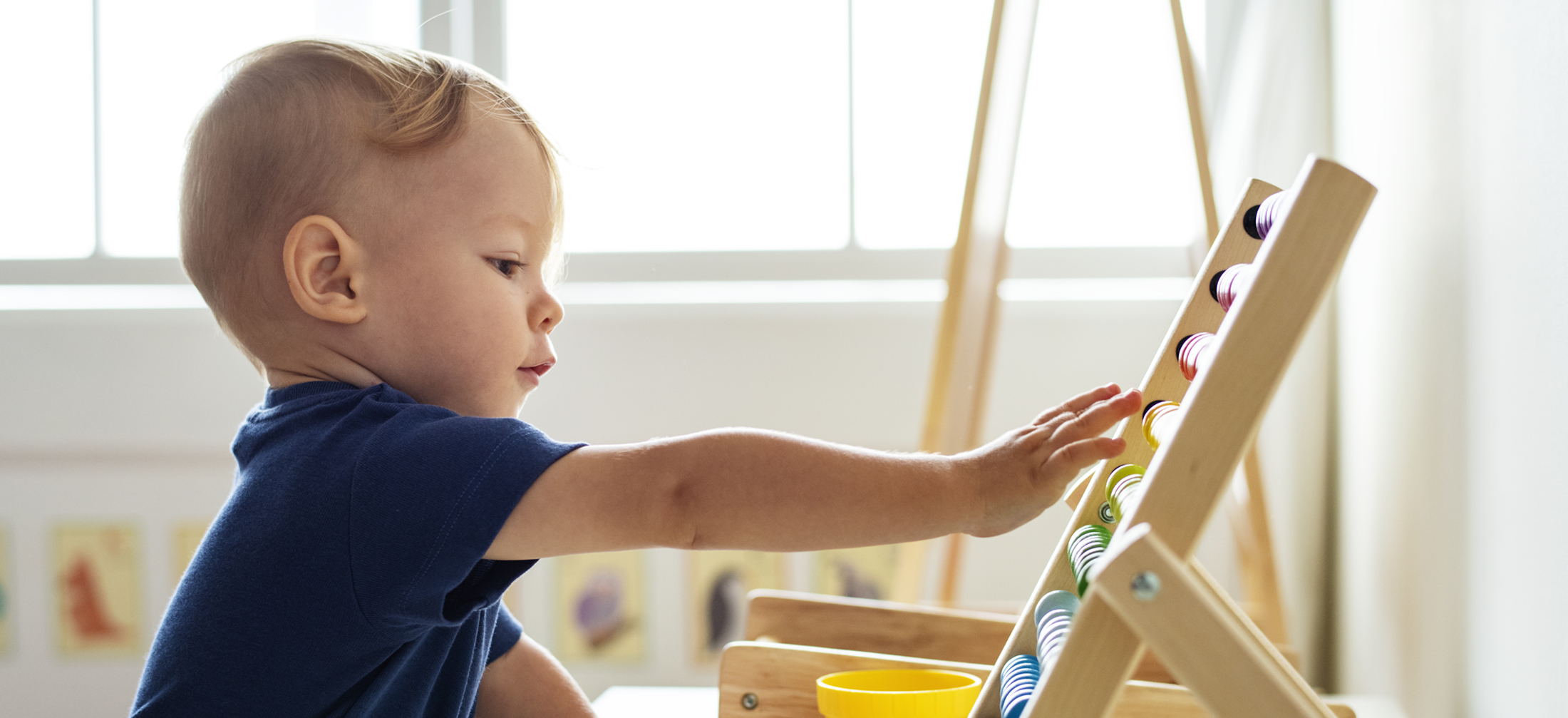Long before babies are capable of learning number words, they typically demonstrate an ability to distinguish a difference in quantities and notice when objects are larger or smaller than one another. It may seem simple, but these early ideas about number and size are in fact laying the foundation for the development of more advanced mathematical concepts down the road.
By recognizing this idea and expanding on it by taking advantage of various research-based learning resources available to teachers, parents and caregivers alike, the math learning journey of prekindergarten children can be made more efficient!
Online resources such as Early Education Central, Bedtime Math, Early Learning Colorado, Learning Trajectories, and D.R.E.M.E. (Development and Research in Early Math Education) all provide valuable content and practical tips for parents and caregivers looking to enhance their children’s early math comprehension. Teachers who work with young children, meanwhile, can utilize many early childhood education resources available to the public to better support young children’s developing math concepts.
Another resource available for educators of young math learners to take advantage of is the What Works Clearinghouse (WWC) practice guide Teaching Math to Young Children, which emphasizes the progressive development of geometry, patterns, measurement, and data analysis for prekindergarten learners. A REL Central Early Childhood Math Video Series hosted by Dr. Douglas H. Clements highlights various elements of the WWC practice guide, focusing on actionable strategies to increase the quality of math instruction in the early years by providing recommendations that address implementation steps and common roadblocks experienced by early learners.
REL Central Early Childhood Math Video Series
Examples of opening steps from the progressions discussed under Recommendation 2 of the guide include:
GEOMETRY:
The first step in this progression is to help children recognize, name, and compare shapes. Once this is established, teaching them to combine and separate shapes helps take their geometry comprehension to the next level.
PATTERNS:
Early math educators are encouraged to help children to look for and identify patterns, then teach them to extend, correct, and create patterns. Basic repeating patterns such as “boy, girl, boy, girl” and “A, B, A, B” should be established before moving on to more complex patterns (“boy, boy, girl, girl” / “A, A, B, B”).
MEASUREMENT:
Comparing sizes is the first step in helping children to understand the concept of measurement. Children can begin to compare objects for the purpose of sorting, arranging, and classifying them.
DATA ANALYSIS:
Helping children collect and organize information and then teaching them to represent that information graphically is the first step in this progression. Teachers can provide children with opportunities to count and sort familiar items like beads, blocks, etc. A good time to introduce sorting exercises is when children are putting away their toys and they must place them into the appropriate bins.
These are just a few of the many tips and helpful suggestions that can be found online for early childhood education enthusiasts like myself! After watching the REL Central Early Childhood Math Video Series to learn about further steps on these progressions as well as others, be sure to check out some more great work that REL Central at Marzano Research’s Early Childhood Education Research Alliance is doing HERE.




